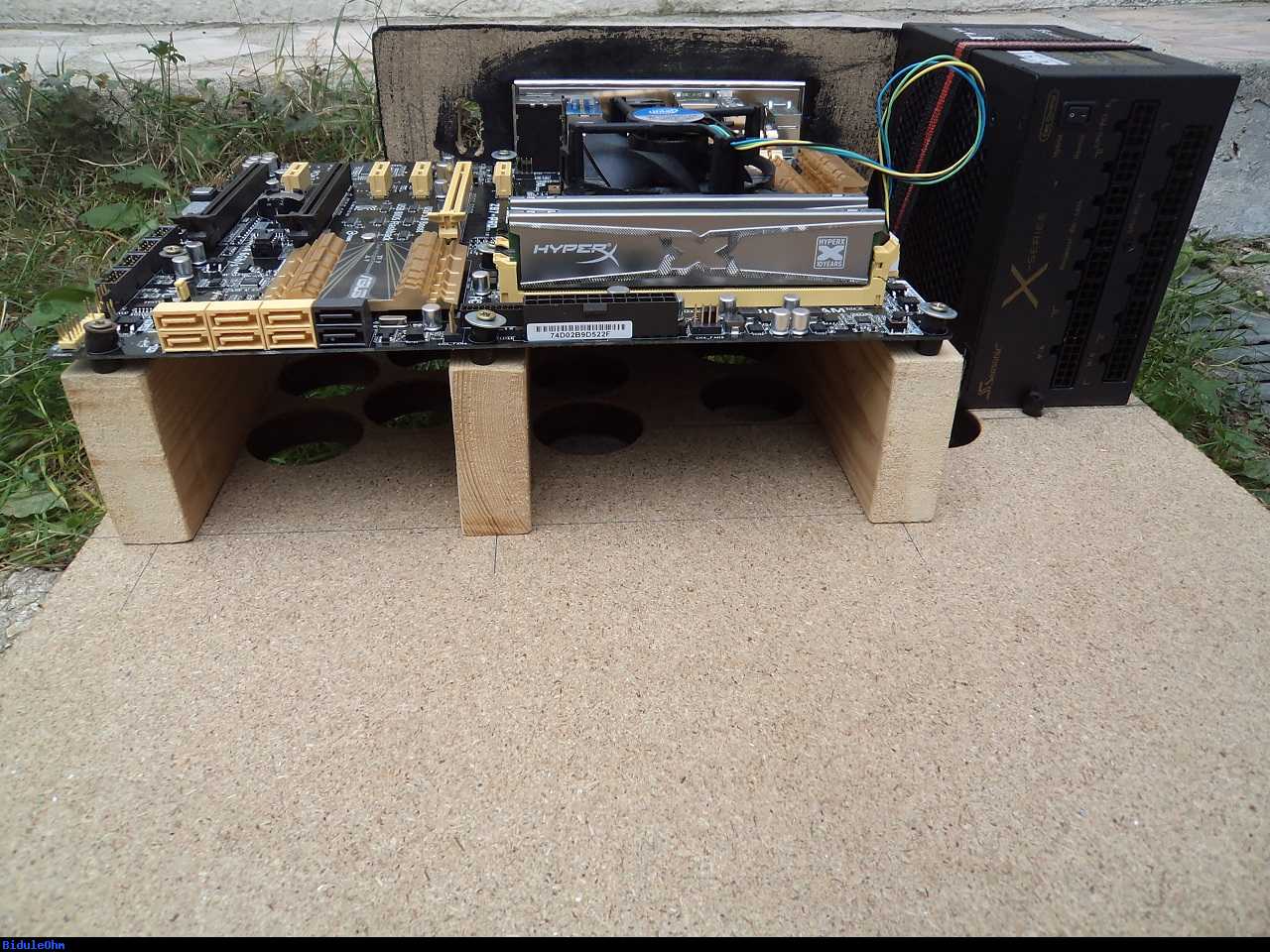@Pharfar:
Fan1-Fan4 and Fan A are for System/CPU Fan headers - correct. That does not mean that FanA is the best choice for your CPU fan.
MANY OF YOU ARE THINKING LIKE DESKTOP SYSTEM BUILDERS, NOT LIKE ENTERPRISE SERVER BUILDERS.
Desktop fans are designed to be quiet. Server class fans are designed to move air. These are not the same priorities. When you use quiet fans with a server motherboard, you need to think about your cooling. For most NAS applications the stock CPU cooler will be OK when plugged into any of the fan headers, but if you build a system that is going to run your CPU at full load then you need to make certain your fan is running from a fan header that monitors the CPU.
I will summarize for Supermicro boards:
1. There are two PWM zones on most SuperMicro boards: One PWM zone monitors system temp, and that zone controls FanA. The other PWM zone monitors CPU temp, and that zone controls Fan1-4. Fans1-4 are controlled as one group, although all fans report their RPM individually. If you want your CPU fan to be responsive to CPU temp, then it should be connected to one of the Fans1-4 but it doesn't matter which one (except for specific motherboards that designate Fan1.)
2. PWM can be used to control fan speed, but it does not control RPM directly. The exact methodology is outside the scope of this thread. Just keep in mind that 100% is full speed, and 50% is less - but 50% does not mean 50% of the RPM.
Do not expect a fan with 2000 RPM at 100% to run at 1000 RPM when set to 50%. PWM does not work that way. The lower the PWM percentage, the less predictable a specific fan's actual performance will be. Below 30%, many fans will not run reliably which is why you never see PWM power settings below 30%.
3. SuperMicro's fan settings are designed for enterprise server fans, which run at very high RPM's compared to quiet desktop fans. Enterprise server fans are designed to move air, and noise is not a big concern. So, at the end of the day, do not expect the fan controls to behave the same way with our quiet low RPM desktop fans as they do with high RPM enterprise class server fans. This is one of the reasons our low RPM fans run at minimum RPM when set to Standard mode (50%) or Optimum mode (30%.) The PWM controls on Supermicro boards are not designed for low RPM fans.
A last thought:
It doesn't really matter which fan header you use for a CPU fan as long as you have enough cooling. However, if you want the CPU fan to be responsive to CPU temp, then it should be in FAN 1-4. Using a utility to alter the fan speed alerts by lowering speed thresholds will make the alarms go away, but won't alter the basic way the fans are controlled.
If you want fans to run at a specific RPM, you need to use 3 pin fans, or use some type of a manual controller.
Another last thought:
Check your disk temps. On my system, I just discovered one disk that is running at 46c, the others are OK. I'm going to revise my fan strategy.







